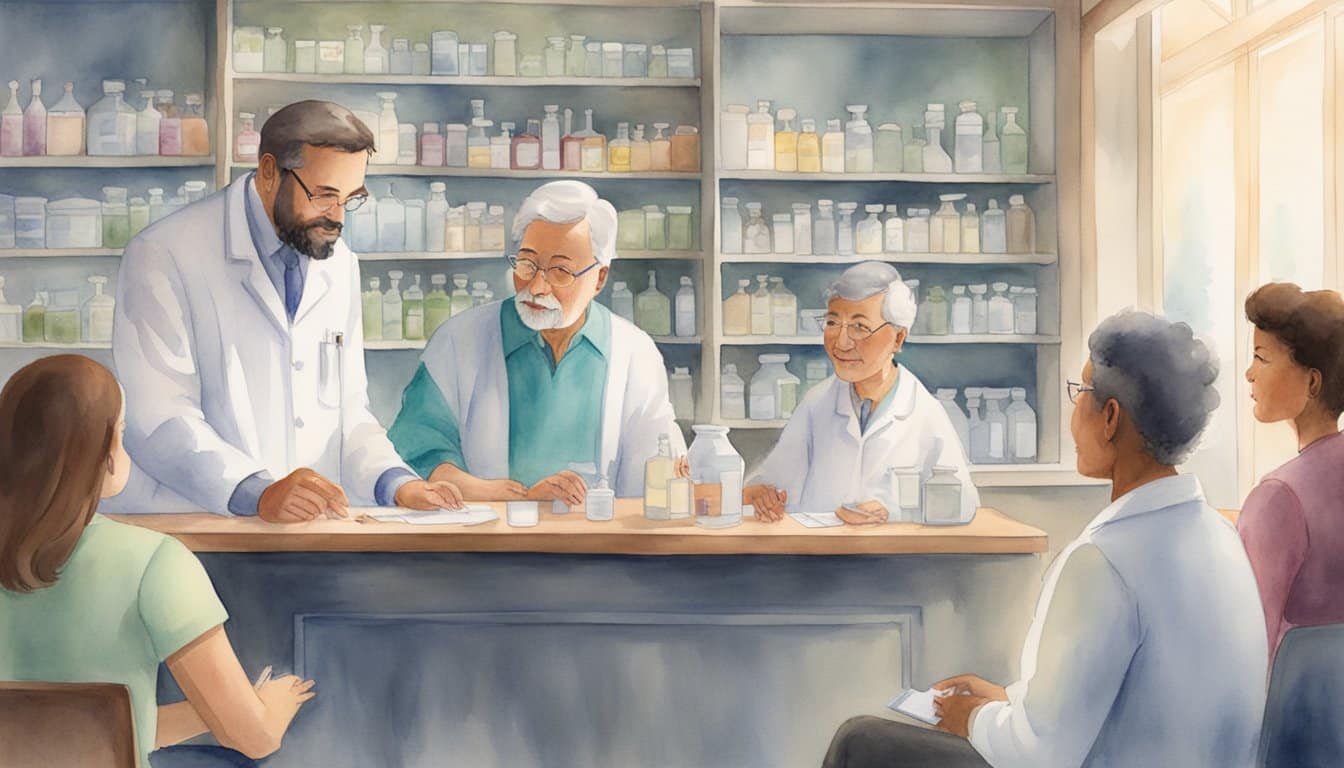Understanding UTIs and Antibiotic Resistance
The rise of antibiotic resistance has turned urinary tract infections (UTIs), once easily treatable, into a significant health challenge. Let’s explore how UTIs become resistant to antibiotics and why this matters.
Antibiotic Resistance: A Growing Concern
Antibiotic resistance in UTIs is a pressing issue. Bacteria that were once susceptible to common treatments are now defying available antibiotics. A noteworthy case is the increasing resilience of E. coli bacteria, often responsible for urinary tract infections. Studies like those from Sweden reflect on physicians’ approaches to prescribing antibiotics amidst this growing problem, emphasizing the need for discretion in antibiotic use to stave off resistance.
Common Causes of UTIs
Urinary tract infections typically occur when bacteria, such as E. coli, enter the urinary tract through the urethra and start multiplying in the bladder. While the body can sometimes clear these infections without treatment, many UTI cases require intervention with antibiotics. However, inappropriately treating UTIs can contribute to the development of resistant strains of bacteria.
Mechanisms of Antimicrobial Resistance
Bacteria develop resistance through several mechanisms, such as producing enzymes that degrade antibiotics or altering drug targets within the bacterial cells. For example, microbial changes can alter the effectiveness of antibiotics against infections, seen in varying susceptibility patterns in different regions, like West Bengal, India. These adaptations compound the challenge health professionals face when treating these previously straightforward infections.
Diagnosis and Detection

Diagnosing and pinpointing antibiotic-resistant urinary tract infections (UTIs) is crucial for effective treatment. With UTIs being one of the most common bacterial infections, the right tests can make all the difference in tackling the problem before it escalates.
Identifying Resistant UTI Strains
It starts with understanding that not all UTIs are created equal. Particularly troublesome are those caused by Escherichia coli (E. coli), which often leads the pack in resistance. When a patient presents with UTI symptoms—think burning sensation during urination or a frequent need to go—doctors typically look beyond the symptoms to the bacterial culprit. By identifying the specific bacteria at play, they can prescribe an antibiotic that has the best shot at knocking it out.
Urine Culture and Sensitivity Tests
Once doctors suspect a UTI based on symptoms, the next step is often a urine culture. This test is like a bacteria petri dish party—in a good way—it allows any urinary troublemakers to reveal themselves. The culture not only indicates the presence of bacteria but also narrows down the species. Following the culture, a sensitivity test is the gatekeeper. It tests various antibiotics on the bacteria to see which ones strike out and which hit a home run. Patients get prescriptions based on these results, ideally leading to fewer swings and misses in treatment and recovery.
Understanding these tests helps patients and providers stay ahead of stubborn UTI strains that often don’t play by the rules.
Treatment Strategies

When facing antibiotic-resistant UTIs, selecting effective treatments requires precision and an understanding of available options. Here’s how to navigate this challenge.
Choosing the Right Antibiotics
The first step in managing a urinary tract infection is picking the right antibiotics. For uncomplicated cystitis, a short course of fosfomycin might be effective. In cases of pyelonephritis or kidney infections, ciprofloxacin or ceftriaxone might be necessary, especially if the infection is deemed severe. However, with the increase of antibiotic-resistant infections, it’s crucial to match the medication to the sensitivities of the particular bacteria causing the infection.
Alternative Treatment Options
When standard antibiotics fail or are not an option, alternative treatments may come into play. This can include a longer course of lower-dose antibiotics or combinations of medications such as trimethoprim with sulfamethoxazole. Some research suggests the benefit of non-antibiotic methods, like cranberry supplements or increased hydration, as supplementary measures, although these should not replace medical treatment.
The Role of Hospitalization
Hospital stay might be recommended for patients with complicated UTIs or those who require intravenous antibiotics. This is particularly relevant when oral medications are ineffective due to the bacterium’s resistance or when the patient is experiencing a severe systemic infection. In hospital, doctors can administer nitrofurantoin or a broader spectrum antibiotic like ceftriaxone via IV to combat the infection more directly.
Prevention and Best Practices

Tackling antibiotic-resistant UTIs starts with smart prevention and adherence to best practices. From maintaining sterling hygiene to judicious antibiotic use, there’s a gamut of strategies for keeping those pesky infections at bay.
Hygiene and Behavior Modification
Hygiene: Washing one’s hands thoroughly and regularly is a no-brainer, but when it comes to urinary tract infections, especially for women, wiping from front to back is essential to prevent bacteria from the anal region from moving to the vagina and urethra.
- Sexual Intercourse: It’s vital to urinate after sexual intercourse to flush out potential pathogens.
- Clothing Choices: Opt for breathable, moisture-wicking underwear to keep the genital area dry, inhibiting bacterial growth.
Antibiotic Stewardship and Proper Use
Antibiotic Stewardship: The misuse of antibiotics is a straight road to antimicrobial resistance. It’s imperative to use antibiotics exactly as prescribed and to avoid antibiotics for minor conditions where they aren’t necessary.
- Frequency of Use: Antibiotics should not be used casually, and only when there is a confirmed infection that cannot be managed by other means.
- Proper Use: When prescribed antibiotics, one should complete the entire course, even if symptoms disappear before its completion, to ensure all bacteria are eradicated and to prevent the development of resistance.
By sticking to good hygiene habits and being smart about antibiotic use, everyone can play a part in the battle against antibiotic-resistant UTIs. It’s a team effort—so let’s keep it clean and smart, folks!
Complications and Risks

When bacteria outsmart antibiotics, urinary tract infections (UTIs) get complicated. Some patients may experience severe consequences like sepsis and extended hospital stays, especially when faced with multi-drug resistant bugs.
Recognizing Serious Outcomes
Complications from antibiotic-resistant UTIs aren’t just inconvenient; they’re dangerous. They can escalate to sepsis, a life-threatening response to infection where the body damages its own tissues. Warning signs often include high fever, pressure in the lower abdomen, and a general feeling of malaise. If the infection spreads to the kidneys, it might cause flank pain and burning sensations during urination.
Addressing Multidrug-Resistant Infections
Battling multidrug-resistant UTIs is like facing a chess grandmaster. These infections may possess extended-spectrum beta-lactamases (ESBLs), which are enzymes that let bacteria resist many antibiotics including carbapenem, often considered the last line of defense. To counterattack, clinicians weigh risk factors such as previous antibiotic use, hospital stays, or certain chronic conditions. Diving into the arsenal of lesser-used antibiotics can show a new path forward, but it’s a public health tightrope walk as the balance between effective treatment and fostering further drug resistance must be delicately maintained.

